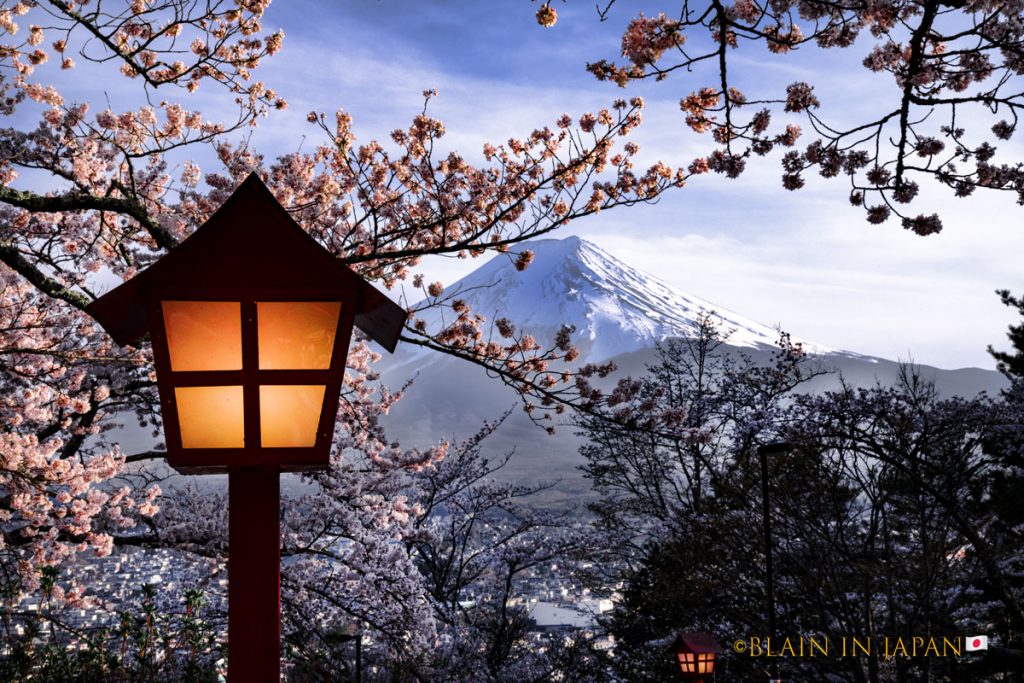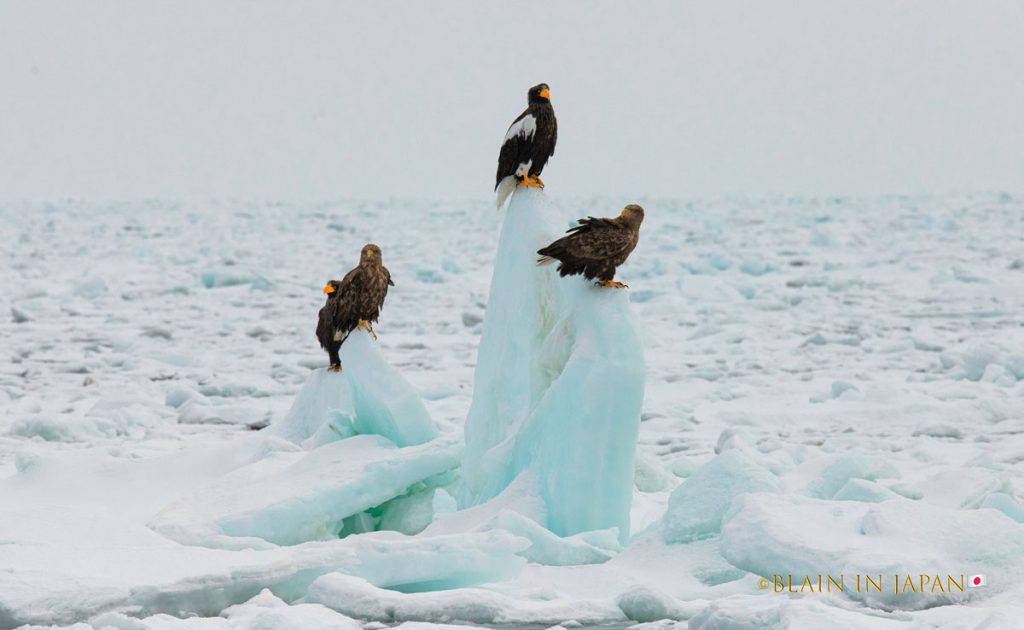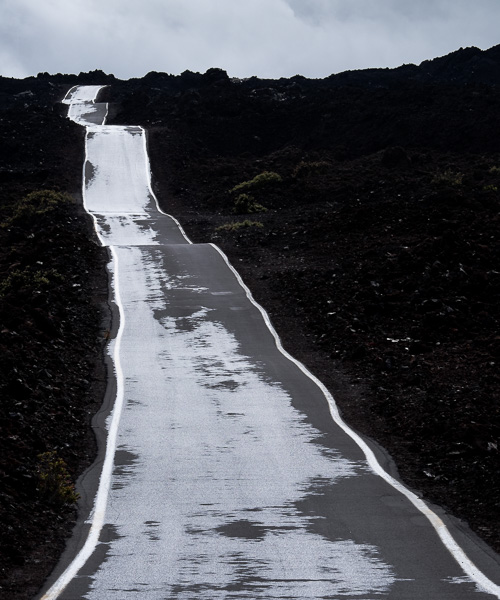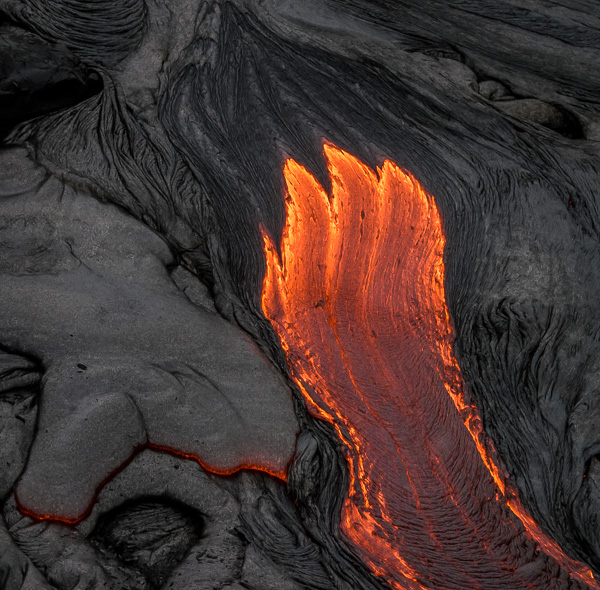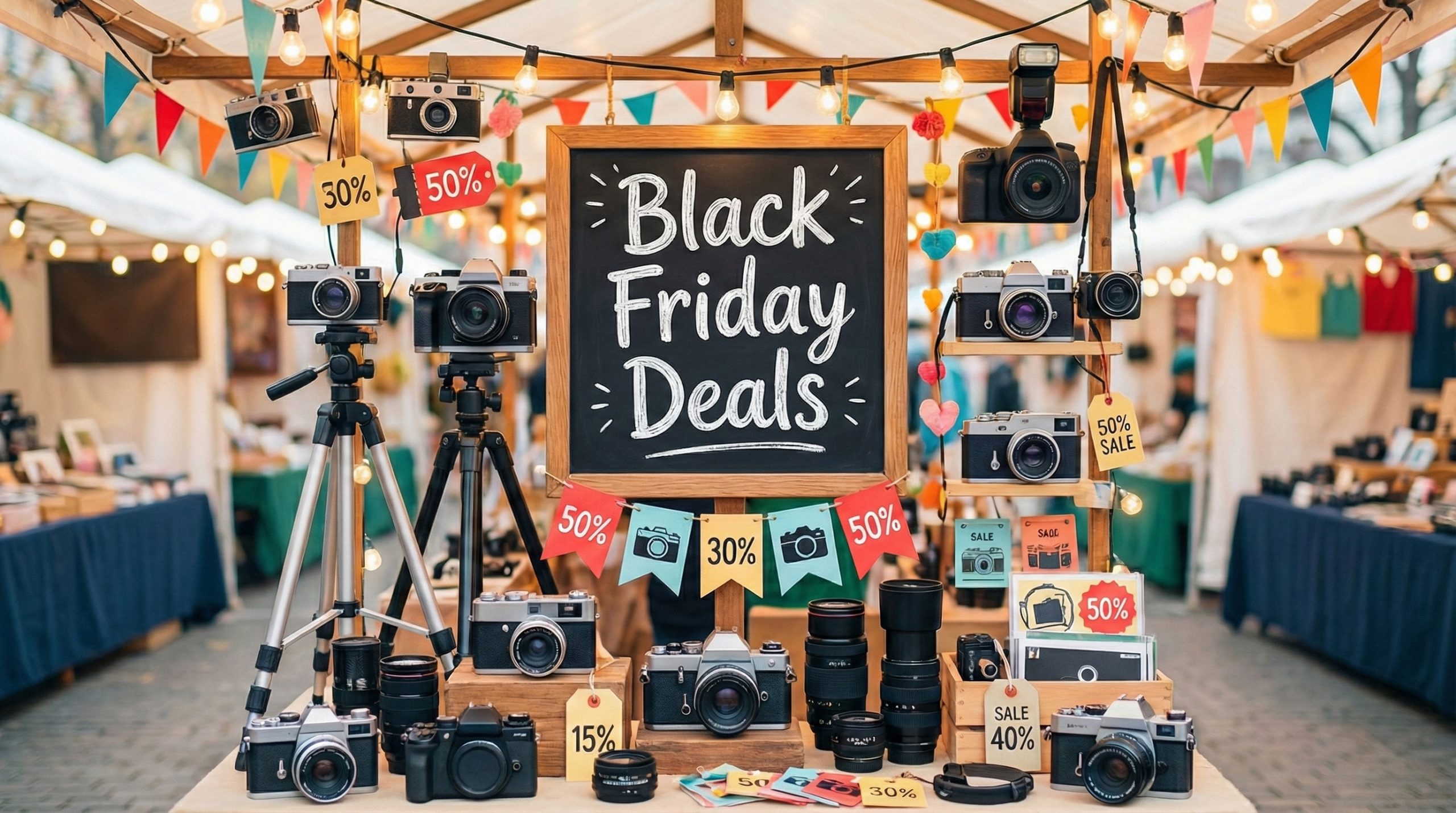1. Introduction
Style is an important aspect of art, of artistic projects and of artistic periods. Style cannot be circumvented. It is there whether we like it or not. More importantly, it is there whether we are aware of it or not. In this essay I will go over several aspects of style, focusing upon the importance of style awareness, or lack of, as the text below will demonstrate.
2. What is style
Style is what you do to the artistic medium you use. In photography, it is what you do to a photograph. In painting it is what you do to a painting. In sculpture it is what you do to the material you sculpt, be it stone, metal, wood or other. Style is not what you think about or what your emotions are. Style is what you do with these thoughts and emotions. Style is how you translate your thoughts and your emotions into artistic actions directed towards the artwork. You do so by using your chosen medium and the tool that you work this medium with. Style, in short, is the physical and visual demonstration of what goes on in your mind expressed through a specific medium.
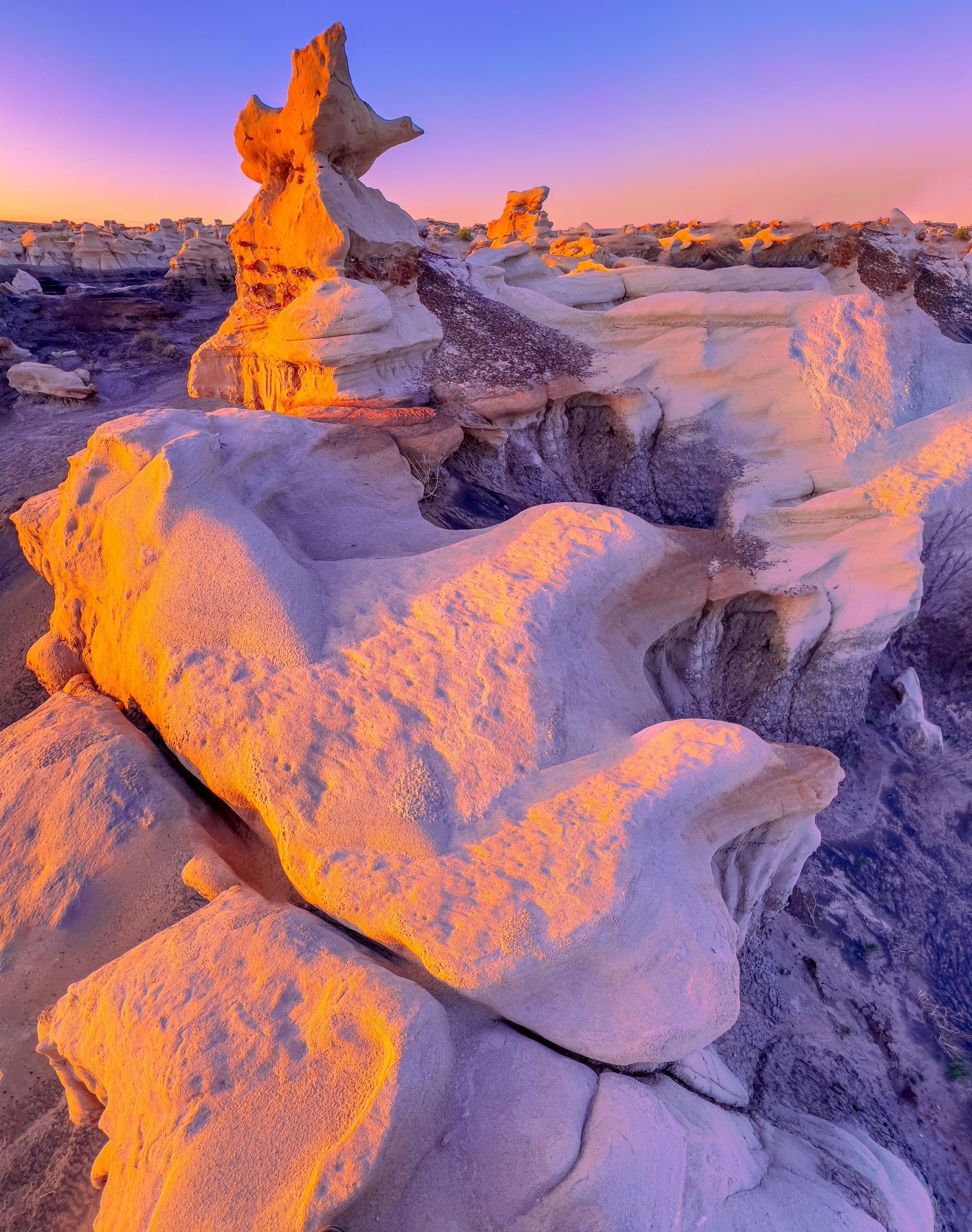

3. Seeing and doing
Being able to recognize the style of an artist is vastly different from being able to recreate this style. It is also vastly different from being able to create a unique style, a style different from the style of the artists who inspire us. During a visit to a museum or art gallery, whether in person or on the web, many visitors are able to recognize the style of individual artists. However, few visitors can create a piece using that style. The reason is simple: art appreciation is not art creation. While both require study, they each require a different kind of study. The former requires study of art history while the latter requires study of art creation. The former requires observation, while the latter requires practice. One calls for knowledge of artist’s lives, art movements and artistic history, while the other calls for knowledge of artistic techniques and extensive training and practice of a specific medium. This is why critics, meaning individuals whose profession is to recognize, compare and discuss style, rarely get along with artists. Critics are not artists, and artists are not critics. These two professions are antithetical to each other. In fact, they are often in conflict, their respective goals being, by definition, opposite. While one is concerned with the characteristics and differences of specific artists, the other is concerned with expressing a personal vision regardless of what critics might think.
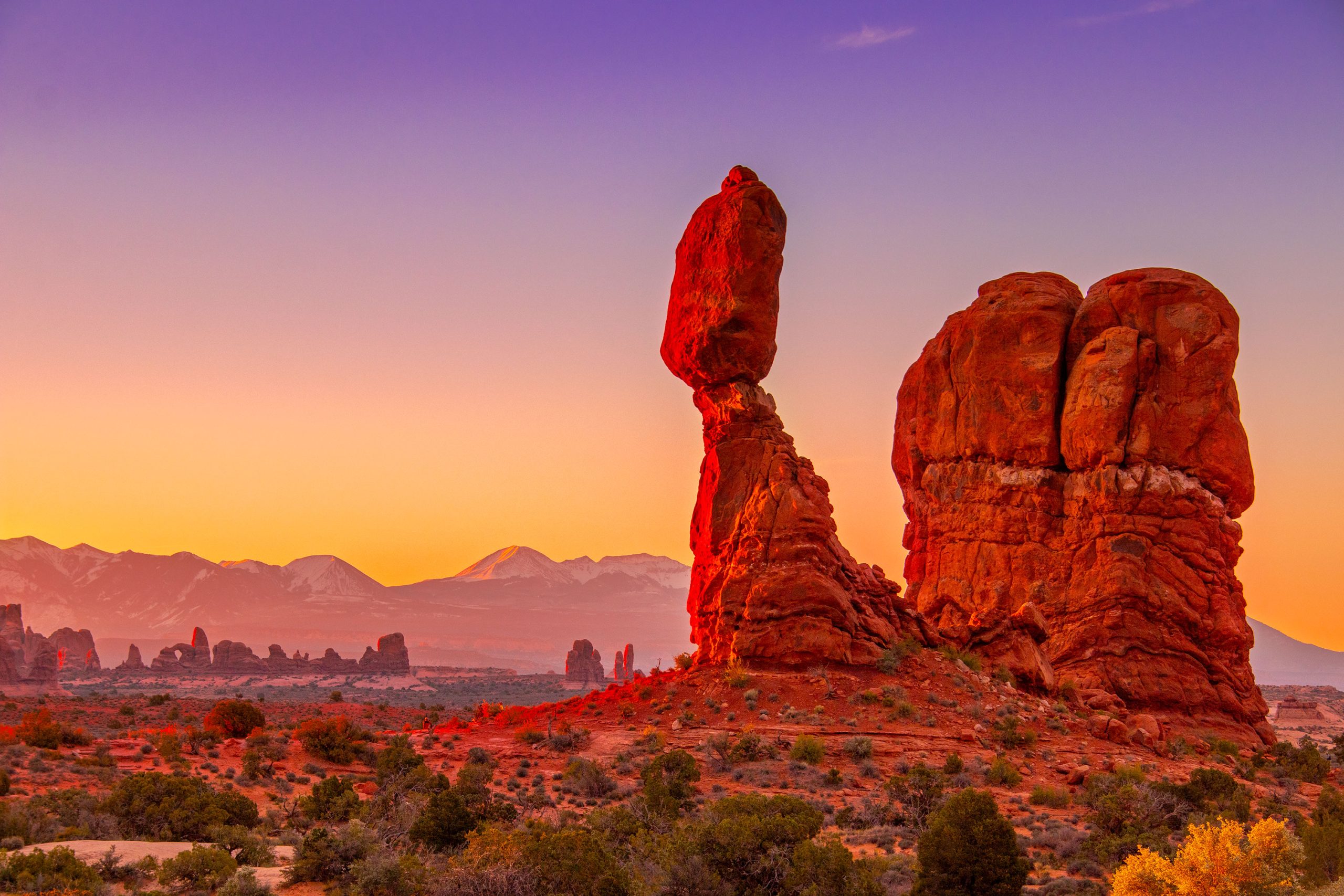

4. Tightness of style
Tightness of style is one of the prerogatives of artists who have achieved mastery in their art. Mastery is often considered to be mastery of technique. Certainly, when approached from the perspective of technique, mastery is indeed being able to create artwork that demonstrates flawless practice, resulting in images in which no evidence of the tools used to create the final work are visible. However, when approached from an artistic perspective, mastery is being able to create artwork that demonstrates tightness of style, or, as I often put it, homogeneity among the different pieces of a body of work created within a short or mid-range time period.
These terms – homogeneity, tightness of style, short and mid-range time periods and a few others need to be defined. As they are presented above, they are loaded with meaning that needs to be spelled out. This is what I will do now.
5. Style blindness and photographic dichotomy
I call the inability to recognize style ‘style blindness’. For a style blind person, all works by a given artist are done in the same style, regardless if significant style differences are present in that artist’s body of work or within a single project or period. Style blindness can take place when evaluating the work of other artists or when evaluating one’s own work.
When present within an artist’s own work I call style blindness photographic dichotomy. Dichotomy is presenting two conflicting things together. The term dichotomy is often used when discussing ideas. Here I use it with artwork, in the context of evaluating the style of different works of art by the same artist. I see examples of photographic dichotomy regularly with students who present me with work that is, for example, done with a soft pastel palette for certain pieces and with an oversaturated contrasty palette for other pieces. When looked at as a group, it is as if two different artists have created this body of work. Some of the pieces are delicate and soft spoken, while other pieces are brash and intense. The dichotomy is unmistakable. However, to these artists, it is invisible. In fact, they are nearly always shocked when I explain this phenomena to them. Inevitably, they do not believe me. Often, they argue. Their counter argument is that they, themselves, not someone else, created all these different pieces. Their entire body of work was created by them, not by different people. Agreed, I respond. This is certainly clear to me. Yet, the work demonstrates style blindness and photographic dichotomy. Just because they created it all does not mean they control their style. Clearly, they do not. Their next step should be to learn how to control their style. Otherwise, they will be controlled by it. If they do not control their style, their style will control them. This situation usually ends up with what we have here: photographic, or artistic, dichotomy.
It is worth noting that photographic dichotomy is only a problem when accompanied by style blindness. If it is not, it is easily resolved by explaining that the artist is working in two different styles at the same time and by describing the specific characteristics of those two styles. Photographic dichotomy can also be resolved, when present within a single project, by dividing this project in two separate parts and naming them individually, using the main characteristics of each style, for example blurry and sharp, pastel and saturated, detailed and blurry or any other denomination of the different styles used in that single project.
The problem is when this is not done, because the outcome is audience confusion. How is the audience supposed to comprehend that an artist can create significantly different works of art within the same project or the same time frame? There is no easy way to understand it without the artist’s explanation. If explanations are missing, or worse if the artist argues that there is no dichotomy present because all the images were created by them, it becomes obvious to an educated audience that this artist is at the beginning stages of artistic development.
Those stages number as four, namely not knowing what you don’t know, knowing what you don’t know, knowing what you know, and not knowing what you know. Stage one is what we are talking about here. Artists who are unaware, unable to explain or unwilling to acknowledge the presence of photographic or artistic dichotomy in their work are at stage one of artistic development: they don’t know what they don’t know.
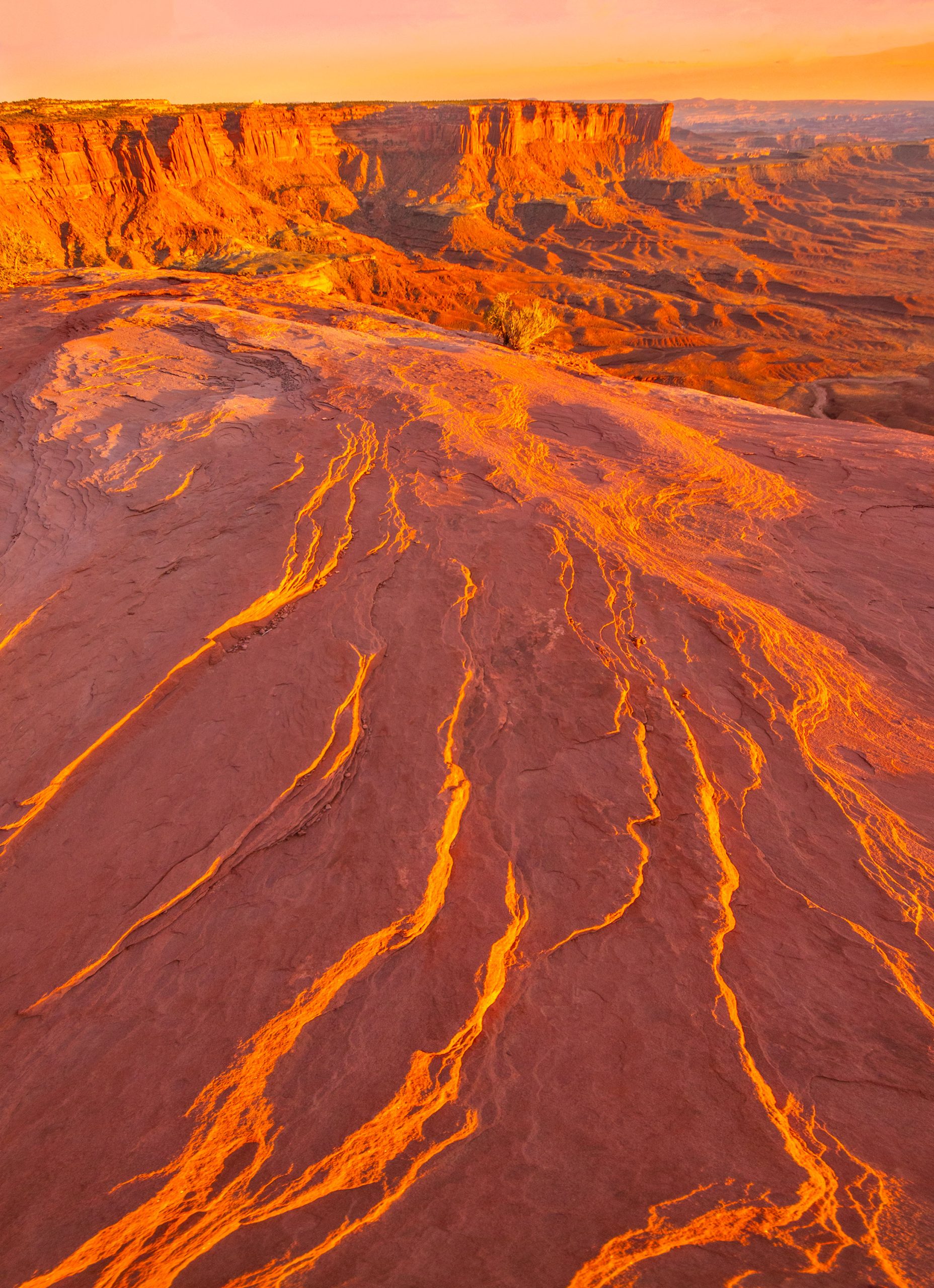

6. Artistic homogeneity
Unexplained, or worse unnoticed, artistic dichotomy results in the absence of artistic homogeneity. Artistic homogeneity is just that: homogeneity of style. This term describes a style whose components are specific and present in each piece of a project or artistic period.
Lack of artistic homogeneity results in audience confusion, as I explained previously, because there is no way for the audience to understand why an artist creates work in various styles within the same project or artistic period. In other words, the audience expects artistic homogeneity to be present in the work of any given artist, unless its absence is explained by the artist.
I use various terms to discuss artistic homogeneity. At times I talk of artistic congruence, at others of artistic or stylistic consistency, or again of style tightness. All these terms, or expressions, are used to denotate the same phenomena: the presence, or absence, of stylistic commitment on the part of the artist. I like to use the word commitment because it takes commitment to create a consistent, homogeneous, congruent and overall tight project or period-based body of work. Few are the artists who can do it. For this reason, it is one of the things that museum curators, gallery owners, and other influential and knowledgeable individuals in the world of art look for. It is important because it is something that cannot be faked. An artist has it or does not have it. It is present in the work of an artist or it is not. It is there or it is not there. If it is missing, it cannot be explained away except by describing the two or more different styles and explaining that they run concurrently in the artist’s current work. If this is not done, the die is cast. Lack of homogeneity becomes a chopping stone in the artist’s future. Without it the road to the next step is blocked just as effectively as a road block stops vehicular traffic on a public road.
7. Defining your style
Some artists can tell what a specific style is intuitively. They can describe it, list its characteristics, and explain what an artist did in detail and with clarity. Other artists struggle with style. They do not see the difference between the different styles that an artist is working with, whether these styles were used at different times in their career or were used concurrently, within a given time period.
There is a solution to fix the hurdle faced by artists who belong to the second category. That solution is to make an X-Y axis chart, listing in the X column the different techniques an artist uses, and listing the names of the different pieces in the Y column. For each different work, a check mark is placed at the intersection of the X-Y axis. If this specific stylistic technique was used. At the end of the process the techniques used are listed after the name of each piece. This is the list of things that were done to each original photograph, or to each painting, sculpture, or whatever other medium was used.
For photography the X axis list can include the digital manipulations techniques used by the artist, the color palettes, the type of contrast, high or low, the presence of noise or pixels, the number of details or lack of, the size of the pieces, and so on and so forth.
8. Conclusion
Style has a direct effect on audience. In fact, style and audience are directly related. Not only does a specific style attract a specific audience, but vice-versa, a specific audience seeks a specific style.
This all sounds fairly commonplace, or even evident perhaps. What is less evident is how the presence or absence of style homogeneity can either attract or turn off, as the case might be, members of an artist’s audience. Of course, this implies that the artist in question is aware that finding an audience is a necessity, not something that can be left to chance or lucky happenings. These, and more, are important concepts which I will discuss in my next essay, which is appropriately titled Audience.
9. About Alain Briot
I create fine art photographs, teach workshops with Natalie and offer Mastery Tutorials on composition, image conversion, optimization, printing, business and marketing. I am the author of Mastering Landscape Photography, Mastering Photographic Composition, Creativity and Personal Style, Marketing Fine Art Photography and How Photographs are Sold. All 4 books are available in eBook format on our website at this link: http://beautiful-landscape.com/Ebooks-Books-1-2-3.html. Free samplers are available.
You can find more information about our workshops, photographs, writings and tutorials as well as subscribe to our Free Monthly Newsletter on our website at http://www.beautiful-landscape.com. You will receive 40 free eBooks when you subscribe.
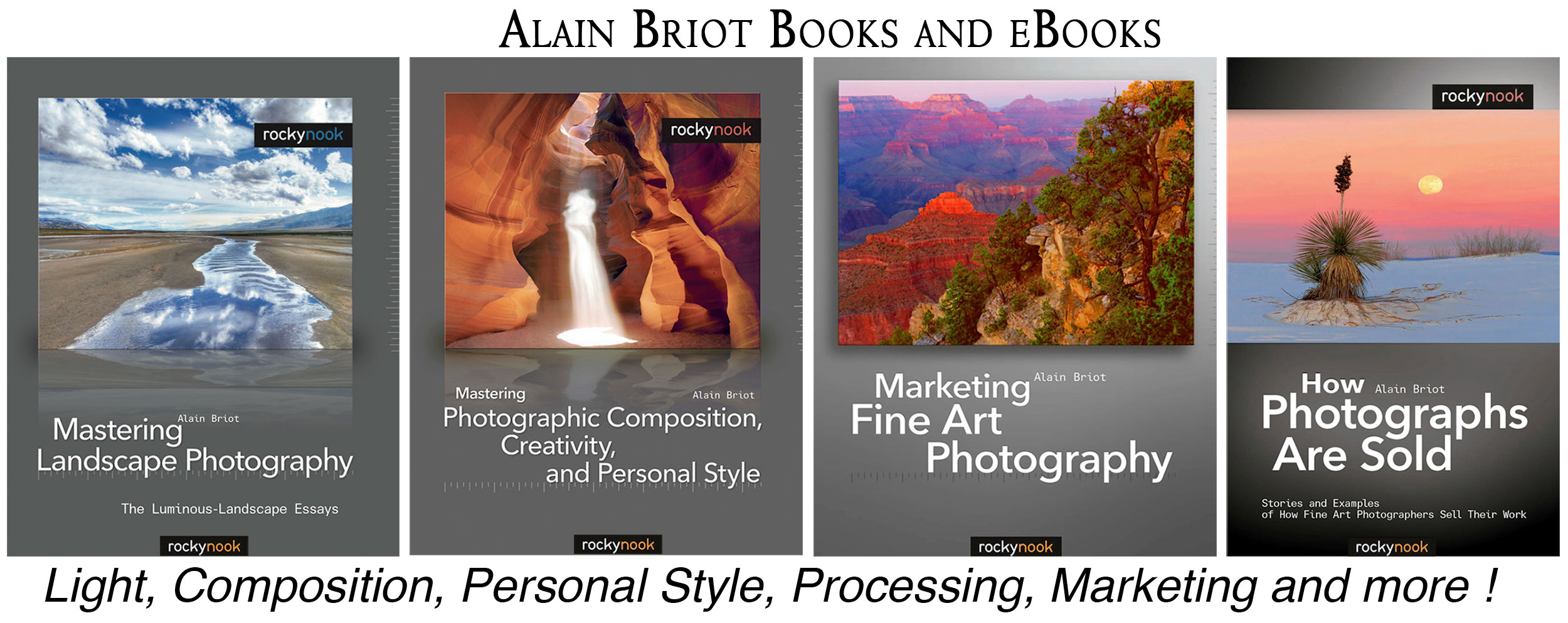

10. Studying fine art photography with Alain and Natalie Briot
If you enjoyed this essay, you will enjoy attending a workshop with us. I lead workshops with my wife Natalie to the most photogenic locations in the US Southwest. Our workshops focus on the artistic aspects of photography. While we do teach technique, we do so for the purpose of creating artistic photographs. Our goal is to help you create photographs that you will be proud of and that will be unique to you. The locations we photograph include Navajoland, Antelope Canyon, Monument Valley, Zion, the Grand Canyon and many others. Our workshops listing is available at this link: http://beautiful-landscape.com/Workshop-home.html
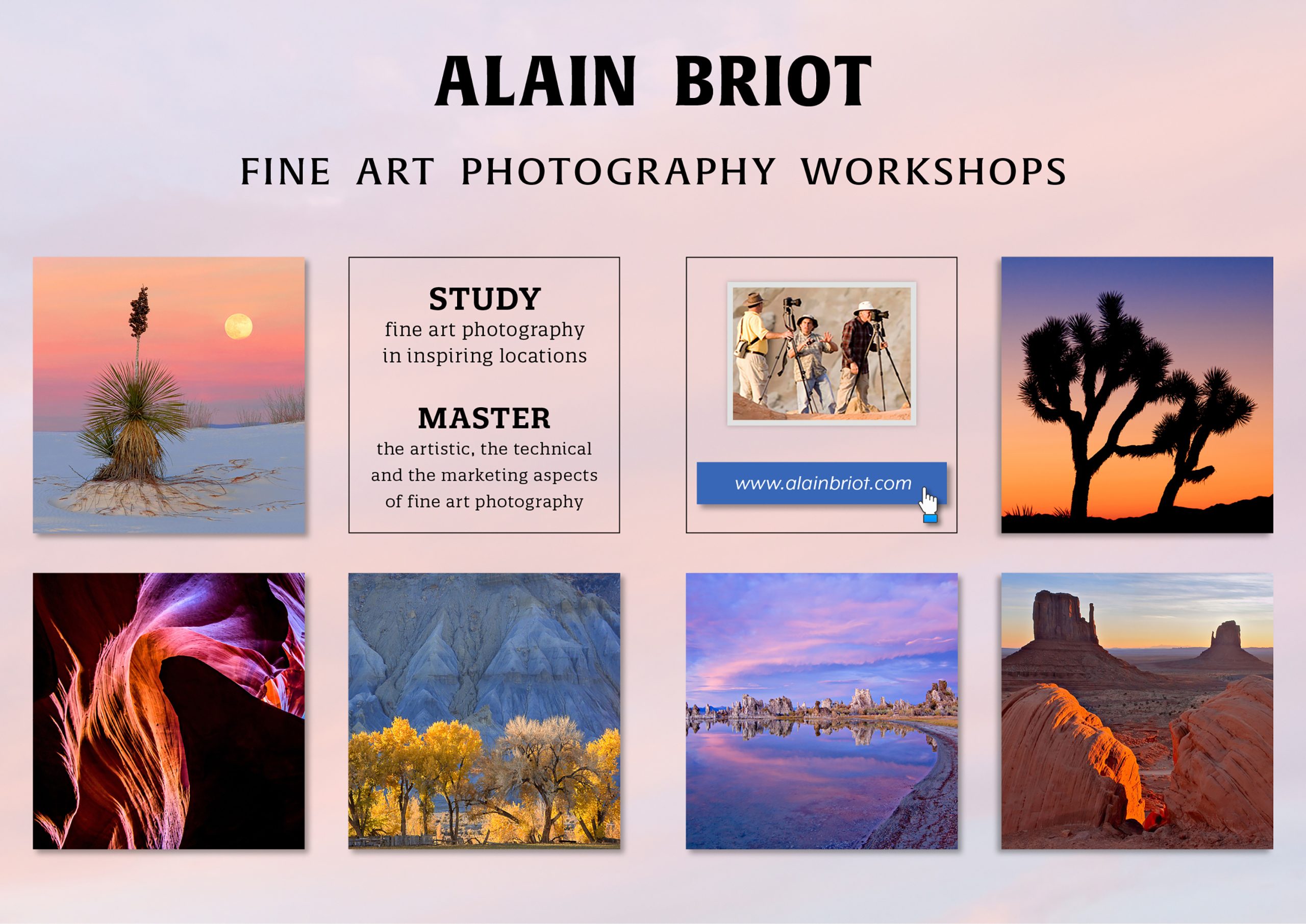

Alain Briot,
Arizona,
November 2025
Read this story and all the best stories on The Luminous Landscape
The author has made this story available to Luminous Landscape members only. Upgrade to get instant access to this story and other benefits available only to members.
Why choose us?
Luminous-Landscape is a membership site. Our website contains over 5300 articles on almost every topic, camera, lens and printer you can imagine. Our membership model is simple, just $2 a month ($24.00 USD a year). This $24 gains you access to a wealth of information including all our past and future video tutorials on such topics as Lightroom, Capture One, Printing, file management and dozens of interviews and travel videos.
- New Articles every few days
- All original content found nowhere else on the web
- No Pop Up Google Sense ads – Our advertisers are photo related
- Download/stream video to any device
- NEW videos monthly
- Top well-known photographer contributors
- Posts from industry leaders
- Speciality Photography Workshops
- Mobile device scalable
- Exclusive video interviews
- Special vendor offers for members
- Hands On Product reviews
- FREE – User Forum. One of the most read user forums on the internet
- Access to our community Buy and Sell pages; for members only.





